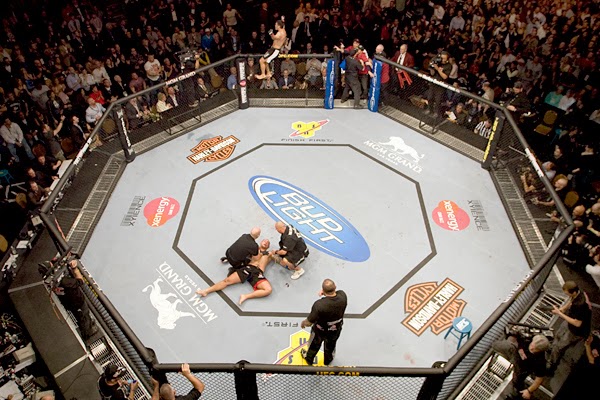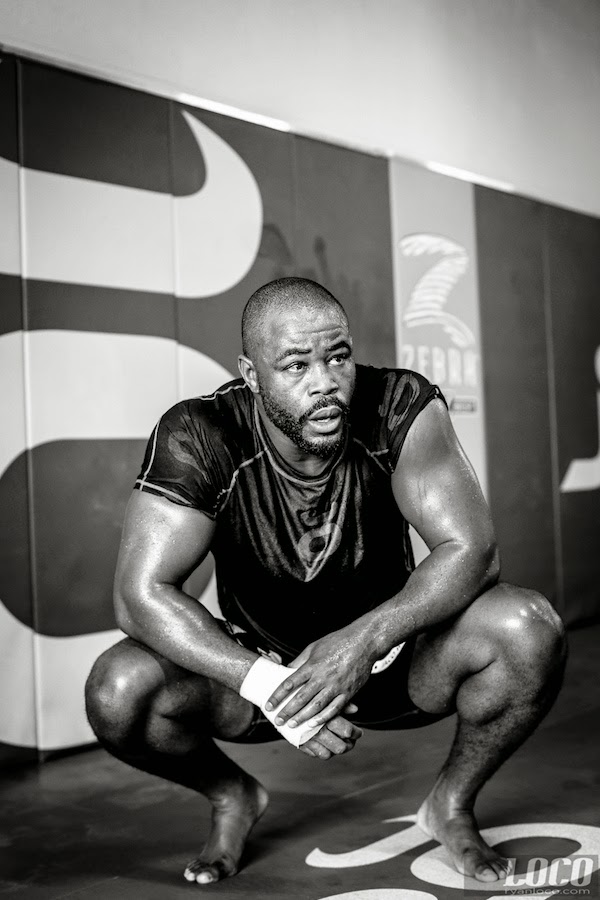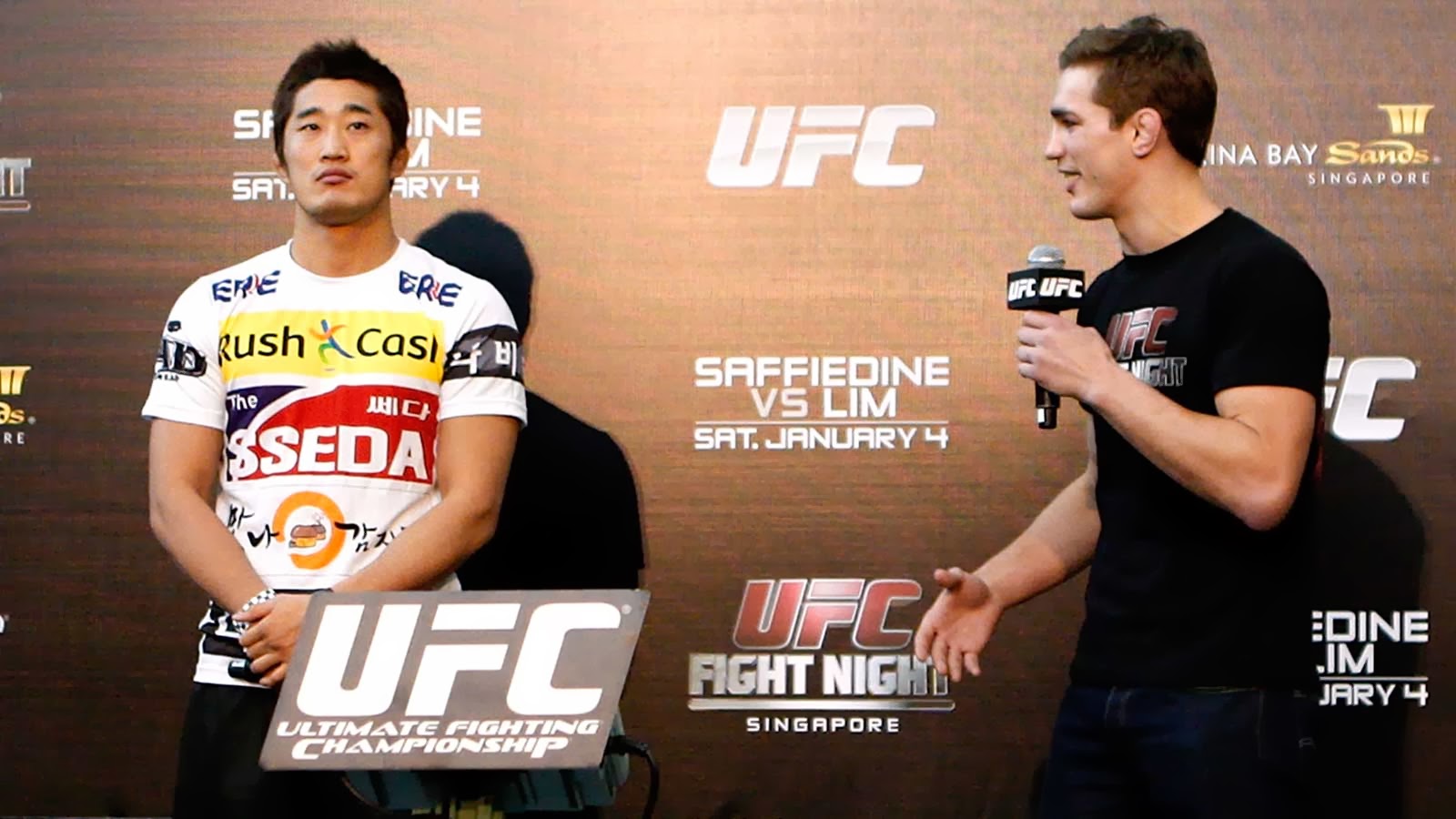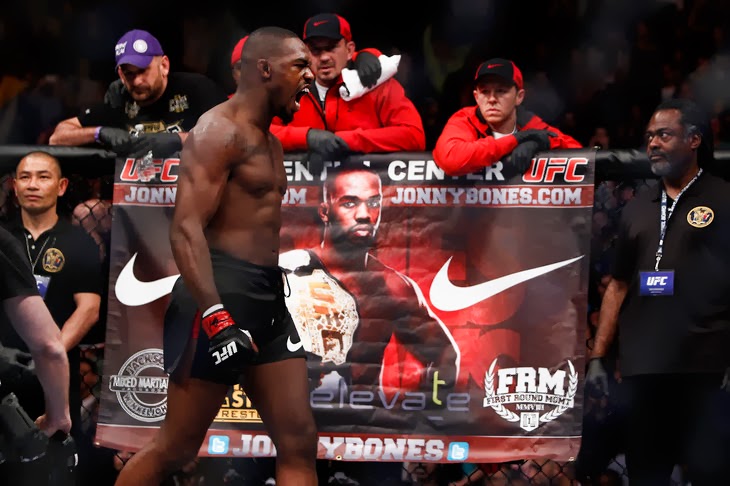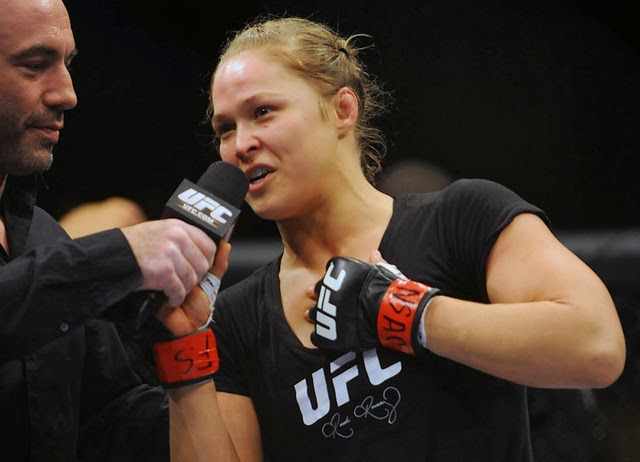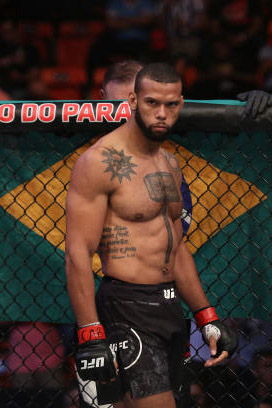The debate about fighter pay in the world of mixed martial arts continues to rage on, as some believe that these athletes should be paid more their time in the cage, and some do not. And the recent statements by UFC President Dana White suggesting that the promotion is developing UFC uniforms has created additional controversy, because it touches upon issues related to sponsorship. Many fighters turn towards sponsorship as an alternative to means of lining their pockets while competing, but as of late, those streams of revenue have begun to dry up.
White’s statements were intended to express the company’s plan to “fix” sponsorship problems for its fighters, but all it did was further highlight the need for a deeper discussion of the dire state of fighter sponsorships.
In simple terms, sponsors provide athletes with money, services, or goods in return for the opportunity to use their likenesses and leverage the athletes’ popularity to promote their companies. An example of such a practice is a fighter appearing in pictures wearing clothing from a particular apparel company, such as Jaco. These sponsorship arrangements create opportunities for both entities to get something out of working together.
During mixed martial arts’ early explosion into the mainstream sports world, there were numerous companies that were willing to sponsor fighters just so these companies could receive some form of association with these athletes. Mixed martial arts clothing lines would deck fighters out in their gear, nutritional companies provided supplements, and other companies offered support in a multitude of ways. The UFC was growing in a way that captured the attention of millions, and these organizations saw the benefit of being involved. However, as the sport enters what some consider a “stagnant” stage, it’s clear that the practice of sponsoring fighters has begun to change.
 |
| Courtesy of @ZProphet_MMA |
Every weekend there seems to be another mixed martial arts event being held with fighters that aren’t well known to fans of the sport. And as such, these athletes are having a harder time finding sponsors. Competitors that appear on the preliminary contests of UFC events are often seen walking to the cage without any major brands on their clothing, and fighting in shorts devoid of logos or images. This isn’t because these fighters aren’t trying hard enough to find sponsorship. Many companies are either unable or unwilling to support these fighters as they once did. And even fighters who are consistently on the main cards of UFC events are having a harder time finding major sponsors that are willing to pay their asking price at this time.
A 2013 MMA Junkie interview with Hans Molenkamp presented an interesting look into the practice of fighter sponsorship from the role of the sponsor. Molenkamp discussed many of the challenges he and others face when trying to provide fighters with financial support or products. So on one hand, fighters are forced to accept lower compensation amounts due to the rising amount of competitors within the sport, driving down the price packages they can command, and often being unable to procure them at all. On the other hand, these companies are not seeing the same types of results when they sponsor fighters, especially since many major retailers are not so keen on carrying their products any longer. It’s an unfortunate cycle where the rising costs of being a sponsor and reduced expected rate of return are forcing these companies to be more selective about who they support, which in turn makes it increasingly difficult for athletes that aren’t “major” names to find the support they need to be successful at this level.
The Ultimate Fighting Championship also plays a role in this conversation. The so-called “sponsor tax,” instituted in 2009, requires companies that seek to sponsor fighters to pay a fee to the organization. This fee — which varies, but is expected to be as high as $100,000 — is even more of a hindrance to sponsors who are already reluctant to expend financial resources. The company’s decision to air many international events and preliminary cards on its UFC Fight Pass platform instead of other more-established ones has also created an uncertain viewership environment for sponsors. And, of course, there are the recent rumors regarding the UFC uniform.
White’s statements regarding potential fighters’ uniforms were originally framed as an idea to help fighters supplement their income with money that couldn’t be found through traditional sponsorship. Instead, a host of new questions have begun to creep up. Athletic apparel brand Under Armour is rumored to be the company developing the attire, and was rumored to be one of the sponsors of this weekend’s TUF China Finale card in Macau. If this deal comes to pass, where does that leave other athletic apparel brands, such as Nike, which sponsors Jon Jones? Will the UFC or Under Armour have the ability to veto the sponsors that will appear on this “uniform?” What further plans does the UFC have regarding monetizing these uniforms in the future, and how will that revenue be shared with fighters? These are all questions that the largest promotion in the sport will have to answer at some point in time if it seeks to move forward with this uniform proposal.
 Yet the UFC President’s comments leading up to UFC 170, when he was questioned about how the UFC plans to address the struggling sponsorship market, left a bad taste in the mouths of many:
Yet the UFC President’s comments leading up to UFC 170, when he was questioned about how the UFC plans to address the struggling sponsorship market, left a bad taste in the mouths of many:
“That is not my problem,” White said. “He’s a fighter, he gets paid to fight, period. End of story. Whatever extra money he makes outside of the UFC with sponsors and that s—, that’s his f—— deal.”
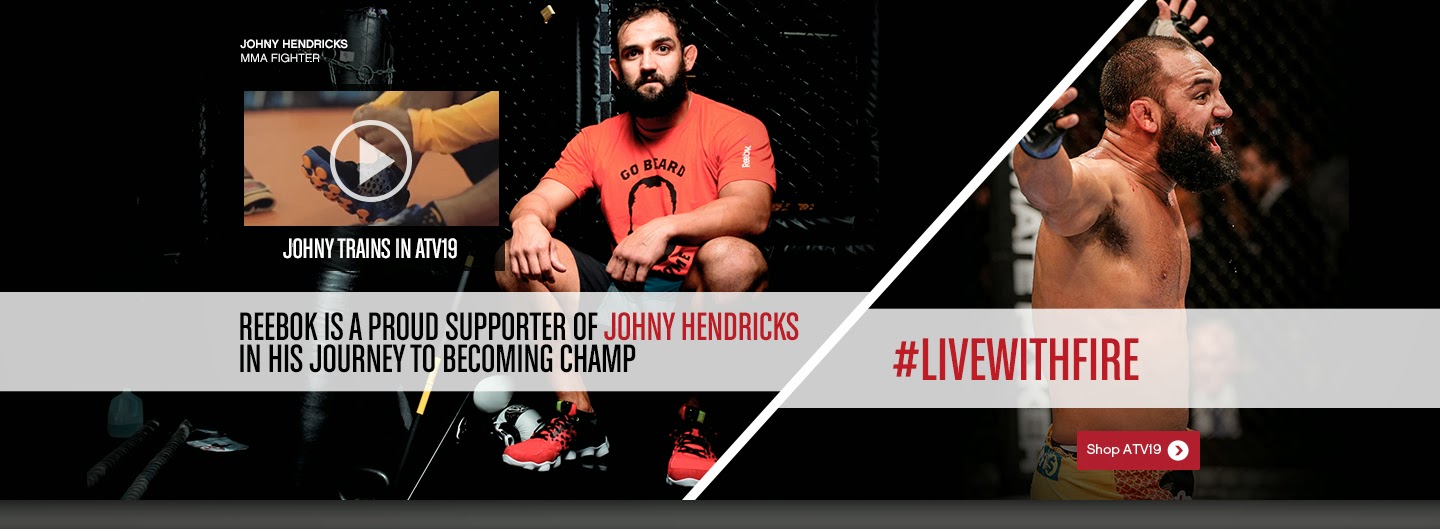 But in reality, the UFC should be very concerned with the reduced ability of the UFC’s athletes to attract sponsors. Sponsorship strength is an indicator of the health of a sport overall; just look towards the major mainstream sports for examples. It was Nike’s embracing of Michael Jordan and pushing “Air Jordan” into the national consciousness that helped push the NBA out of a dire financial position which at the time was expected to force the league to contract. Instead, NBA action became “fantastic,” and on the backs of the league’s superstar pitchmen, expanded in both size and influence. The National Football League generates billions of dollars in revenue through some of its major sponsorship deals, while Peyton Manning and other NFL players have become ubiquitous in commercials.
But in reality, the UFC should be very concerned with the reduced ability of the UFC’s athletes to attract sponsors. Sponsorship strength is an indicator of the health of a sport overall; just look towards the major mainstream sports for examples. It was Nike’s embracing of Michael Jordan and pushing “Air Jordan” into the national consciousness that helped push the NBA out of a dire financial position which at the time was expected to force the league to contract. Instead, NBA action became “fantastic,” and on the backs of the league’s superstar pitchmen, expanded in both size and influence. The National Football League generates billions of dollars in revenue through some of its major sponsorship deals, while Peyton Manning and other NFL players have become ubiquitous in commercials.
These opportunities come because the players on the court or field attract the attention of the public in such a way that the power players at these companies want to capitalize off of their appeal. If UFC fighters don’t have the ability to attract those same companies, what does that say about the appeal of the current UFC product? White was right in saying that it’s not his job to help every single fighter find a sponsor; however, the UFC should take some steps to make the sponsorship process as easy for fighters and enticing for companies as possible, across the board.
Regardless of what some members of the mixed martial arts media may think, mixed martial arts isn’t “in trouble.” However, there are some situations that need to be addressed to help the sport continue to grow. As the biggest promotion in the world, the UFC has some responsibility to lead the way in that area. The relationship between fighters and their sponsors has continued to change, and right now it’s not on the right track. It’s imperative that the relationship between fighters and the brands that would sponsor them be repaired, and not just to put money in their pockets. Exposure is the real name of the game.
**********
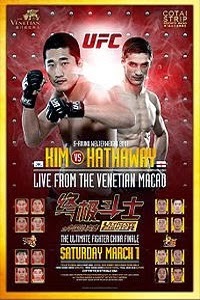
UFC Fight Night: Kim vs. Hathaway, aka The Ultimate Fighter China Finale took place on March 1, 2014 at The Venetian Macao’s CotaiArena in Macau, China.
Click the stars to rate how good you think The Ultimate Fighter China Finale was.

